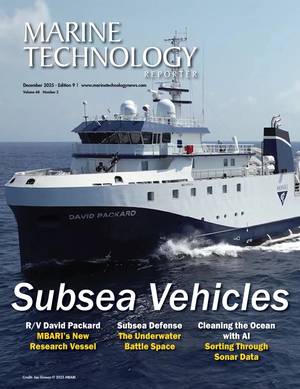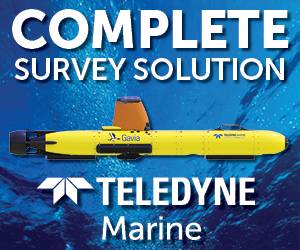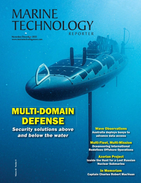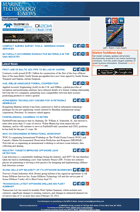Lockheed Martin Invests $50M in Saildrone to Advance USV Capabilities for US Navy
Saildrone Founder and CEO Richard Jenkins shares news on Lockheed Martin's recent investment in Saildrone:
Today, I am delighted to announce a $50 million investment from Lockheed Martin in Saildrone, Inc. This commercial relationship marries the world’s most sophisticated and trusted defense technology with the world’s most capable and operationally proven USV technology. Together, we will rapidly equip Saildrone USVs with all-domain defense technology for lethal military applications.
I wanted to share the journey that brought us here and how Saildrone’s unique solutions have evolved through our experiences.
The first Saildrone USV sailed from San Francisco to Hawaii in 2013, covering 2,200 nautical miles in just 33 days. Utilizing one of the world’s oldest technologies, sail power, but in a modern incarnation, we had proven we were able to provide near infinite endurance, to facilitate access to any part of our unfrozen oceans. The numerous applications for such a capability were immediately obvious to me, with defense and security applications at the top of the list.
The oceans are vast and largely unmonitored. Nefarious actors are everywhere, navigating unseen and unchallenged. An unmanned solution was the obvious solution, providing a persistent presence while keeping humans out of harm’s way. However, any unmanned technology would require extreme range and endurance to transit these very large distances and operate for months or years, in remote areas without service. Harnessing wind, solar, and wave power, we solved the endurance dilemma.
However, when I tried to sell to the US Navy in 2014, they were far from convinced. “We have big ships with big guns, how could we possibly use a small, unmanned sailboat?”
Undeterred, we pushed on, finding an application in meteorological and ocean measurements (METOCEAN). Ocean and atmospheric measurements are crucial for our global weather forecasting, having implications for numerous industries, from public safety to insurance, energy markets, risk management, hedging, and hurricane prediction. Traditionally, measurements are taken from ships and buoys at vast expense. Saildrone provided a cost-efficient solution for very precise measurements in extremely remote locations, where data was scarce and the impact of new data was very high. Our main customer, NOAA, pushed us further and further into remote areas such as the high Arctic, the Southern Ocean, the Tropical Pacific, and even through the eyewalls of hurricanes.
While the data was transformational for the forecasters, it had a profound impact on Saildrone, rapidly hardening our technology. We were constantly pushing the limits of the vehicles in some of the harshest environments on the planet, and learned the lessons we needed to make the core technology robust. We undertook thousands of iterations on hardware, firmware, and software, which rapidly evolved the technology and the endurance. Over those six years of evolution, we sailed over one million nautical miles and stacked up many world firsts for autonomous surface vehicles; the first circumnavigation of Antarctica, our first transatlantic crossing and the fastest ever by a USV, Arctic operations at 76 degrees north, the longest uninterrupted mission of more than a year without servicing or landfall, the list goes on.
In hindsight, we had our heads down, deep in battle, not against a human enemy but against the ocean. The real adversary for long-endurance USVs is the environment. Constant thermal and pressure cycling in a highly corrosive wet environment, combined with physical impacts from giant ocean waves, not to mention avoiding all other ocean users and marine debris, is one of the toughest environments on, or off, the planet. Learning these tough hardware lessons takes time AND money. It is almost impossible to short-circuit the time required for learning with more money.
In 2020, we participated in RIMPAC, the world’s largest international maritime exercise, and also got our first demonstration contract with the US Coast Guard. COVID was a massive accelerator for Saildrone, highlighting the fact that our USV fleet persisted on mission, unaffected, while ships were stuck in port, quarantined, and immobile. We had about 45 Saildrone USVs deployed around the world when COVID hit. Unable to travel to service the systems, the fleet continued to perform flawlessly, performing some vital tasks normally undertaken by ships. One such example was the annual Alaska pollock fish stock survey in the Bering Sea, which we undertook entirely remotely. The data we collected found more fish than anticipated, which enabled NOAA to set a higher catch limit for that year. This had a significant positive commercial impact on the Bering Sea fishing industry.
We began working with the innovative Task Force 59 in 2021, and rapidly grew our customer base to include other US government and intelligence agencies, clocking millions of hours on mission against real-world adversaries. We are now deployed 24/7/365 in multiple theaters around the world, providing maritime intelligence services supporting both US and international allied navies.
However, in recent years, with increasing global instability and hostile adversaries, the world has become a much more dangerous place. We honed our technology in maritime intelligence, but faced with new threats, now is the time to augment our systems with firepower. Enough firepower to not only create a real deterrent for adversaries, but if the worst-case scenario were to happen, to deliver overwhelming strike capability to win decisively.
This is not a new pivot. We began designing a significantly larger Saildrone in 2020. A ship using Saildrone technology, but big enough and fast enough to deliver similar capabilities to that of warships. But we were still ahead of our time. However, times have changed dramatically. The capability and need are now thoroughly understood, and there is a real sense of urgency to acquire the capabilities. The large vessel design is highly evolved, and construction will begin at Austal USA in Q1 2026. We won’t be sharing vessel details publicly.
Lockheed Martin is the world leader in maritime defense payloads and the obvious partner to provide tried and trusted complex effectors. I am honored and delighted to have Lockheed Martin on the cap table. We will be using the full force of our combined technology firepower to deliver integrated, tested, and battle-ready solutions to the US Navy in the very near future.


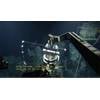
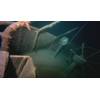
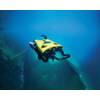
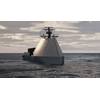
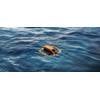






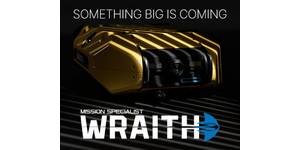
 December 2025
December 2025
